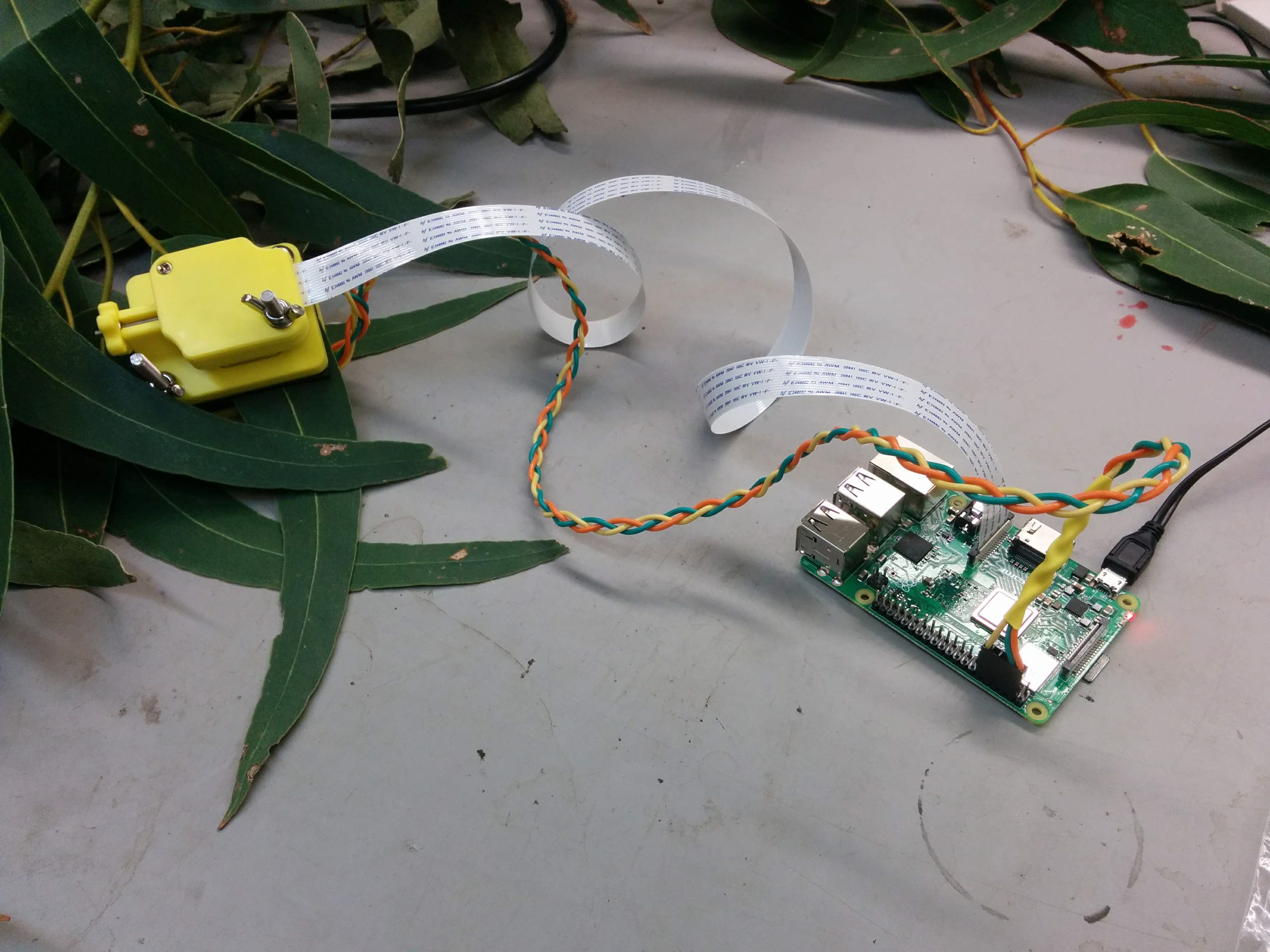RN Robertson Travelling Fellowship Report
by Carolyn Vlasveld
My PhD involves understanding differences between the leaves of juvenile and adult eucalypts. Working on this has led me towards studying juvenile-adult differences from the context of leaf hydraulic function. Consequently, the more discussion I had with my supervisors, the more it became apparent that I should investigate differences in leaf physiological traits. But my knowledge at the time entailed more about the ecology of morphological traits – I had little understanding of leaf physiology and measuring physiological traits.
This led me to visit Tim Brodribb’s laboratory at the University of Tasmania (UTAS) with the help of the RN Robertson Travelling Fellowship. A major focus of their work is the evolution of leaf physiological traits fundamental to hydraulic function. They had recently found differences in xylem vulnerability between the juvenile and adult leaves of Eucalyptus globulus (Lucani et al. 2019), using their novel optical vulnerability (OV) method. They suggested that I learn this method because it is often simpler than previous methods for measuring xylem vulnerability.
My visit focused on learning the OV method, among other techniques important to my thesis, such as preparing stained leaf samples for viewing anatomical structures. I measured the leaf xylem vulnerability of Eucalyptus globulus trees growing at the UTAS campus. The OV method involves measuring water potential and cumulative embolisms over time by using an optical camera. The camera detects embolism events by taking a time-lapse series of images of a dehydrating leaf. Light is transmitted through the leaf blade for each photograph. After xylem conduits embolise, they transmit less light through the leaf. Consequently, the occurrence of an embolism is detected by the light difference between two sequential images in the time-lapse. These embolism occurrences are later isolated and translated from the images to quantify cumulative embolisms as leaf water potential decreases over time.
A 3D-printed clamp containing the camera is secured over a dehydrating leaf, which encloses a section of the blade to prevent the entry of outside light. The camera connects to a raspberry pi computer, which programs the process of taking sequential photographs. Meanwhile I also learnt to use a Scholander pressure bomb and psychrometer to measure water potential.
This method will be used in my thesis to compare xylem vulnerability in other species occurring in different environments, and I wish to stay in contact with those at UTAS through this process.
I loved staying in Hobart and winter was a perfect time to visit – I caught the Pint of Science at Shambles Brewery, the view of snowy Mount Wellington from the city, and the UTAS School of Biological Sciences’ famous “Crib Night” where everyone dresses up to have a cribbage tournament.
Thank you very much to the Australian Society of Plant Scientists, the RN Robertson Fund, and the University of Western Australia for helping me take this trip. Thank you also to Tim Brodribb and others in his laboratory for making me feel welcome and sharing their skills and knowledge. This visit enriched my experience as a PhD student in addition to learning new techniques required for my thesis and increasing my understanding of leaf hydraulic function.

References
Lucani CJ Brodribb TJ, Jordan GJ & Mitchell PJ (2019) Juvenile and adult leaves of heteroblastic Eucalyptus globulus vary in xylem vulnerability. Trees 1-12.
